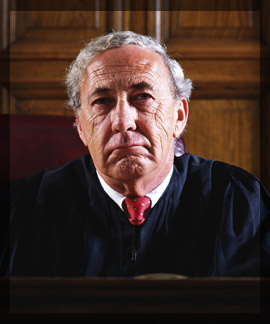Archival Notice
This is an archive page that is no longer being updated. It may contain outdated information and links may no longer function as originally intended.
Home | Glossary | Resources | Help | Contact Us | Course Map
Different labs have different policies regarding the practice of granting defense requests to be present during typing since the presence of non-lab personnel may pose a breach of lab security, jeopardize the lab's integrity, create chain of custody claims, and increase the potential risk of contamination [People v. Monagas, 615 N.Y.S.2d 633; 161 Misc.2d 898 (N.Y. Sup. Ct. 1994); State v. Nguyen, 833 P.2d 937; 251 Kan. 69 (Kan. 1992); State v. Fields, 2 P.3d 670; 196 Ariz. 580; 306 Ariz. Adv. Rep. 20 (Ariz. Ct. App. 1999)].
Some jurisdictions, however, may require that defendants be allowed their own expert to be present when typing will consume the evidence sample [Ohio Rev. Code Ann §2925.51(E) (Baldwin 1991); Colorado v. Garries, 645 P.2d 1306 (Colo. 1982)].
Additional Online Courses
- What Every First Responding Officer Should Know About DNA Evidence
- Collecting DNA Evidence at Property Crime Scenes
- DNA – A Prosecutor’s Practice Notebook
- Crime Scene and DNA Basics
- Laboratory Safety Programs
- DNA Amplification
- Population Genetics and Statistics
- Non-STR DNA Markers: SNPs, Y-STRs, LCN and mtDNA
- Firearms Examiner Training
- Forensic DNA Education for Law Enforcement Decisionmakers
- What Every Investigator and Evidence Technician Should Know About DNA Evidence
- Principles of Forensic DNA for Officers of the Court
- Law 101: Legal Guide for the Forensic Expert
- Laboratory Orientation and Testing of Body Fluids and Tissues
- DNA Extraction and Quantitation
- STR Data Analysis and Interpretation
- Communication Skills, Report Writing, and Courtroom Testimony
- Español for Law Enforcement
- Amplified DNA Product Separation for Forensic Analysts


